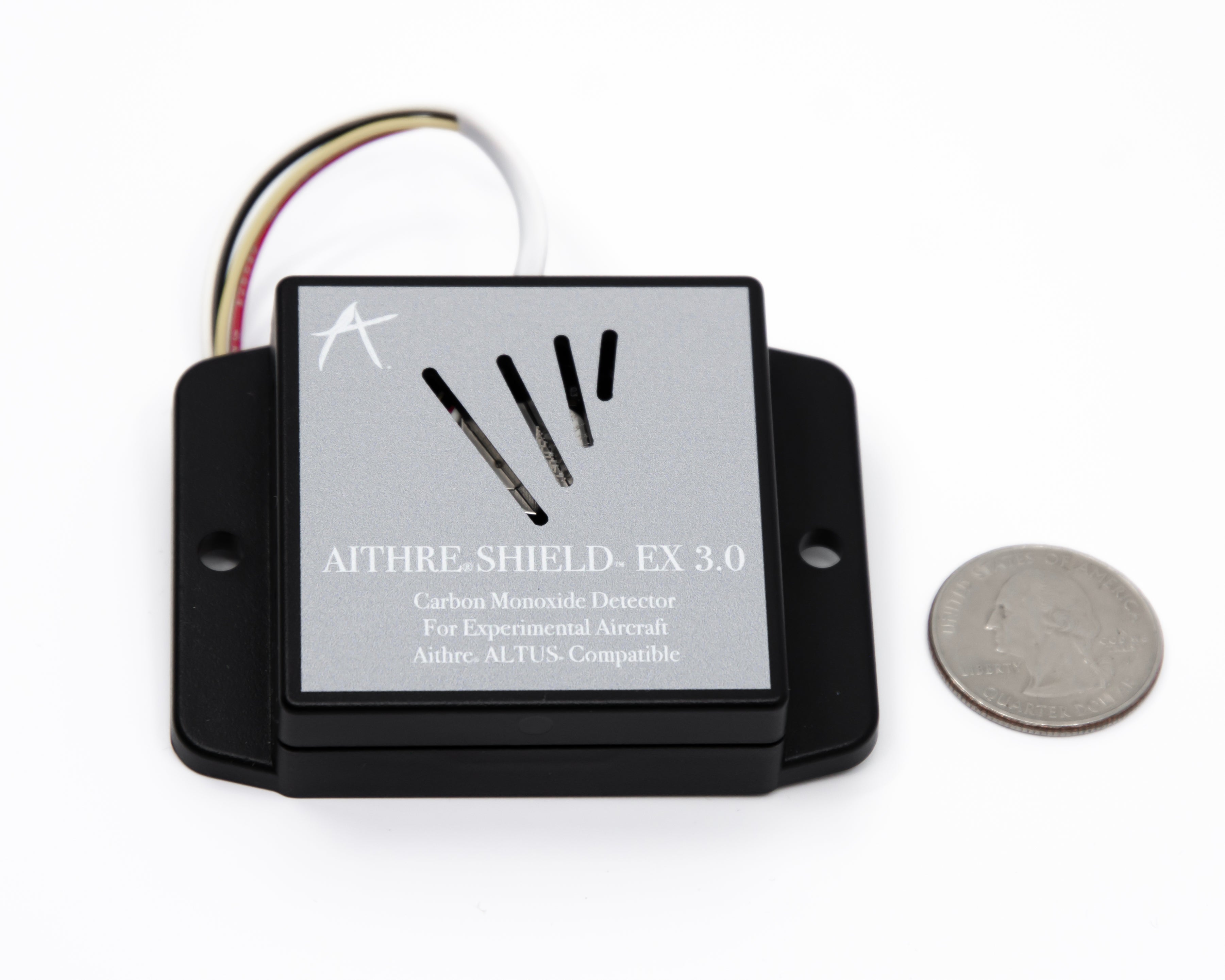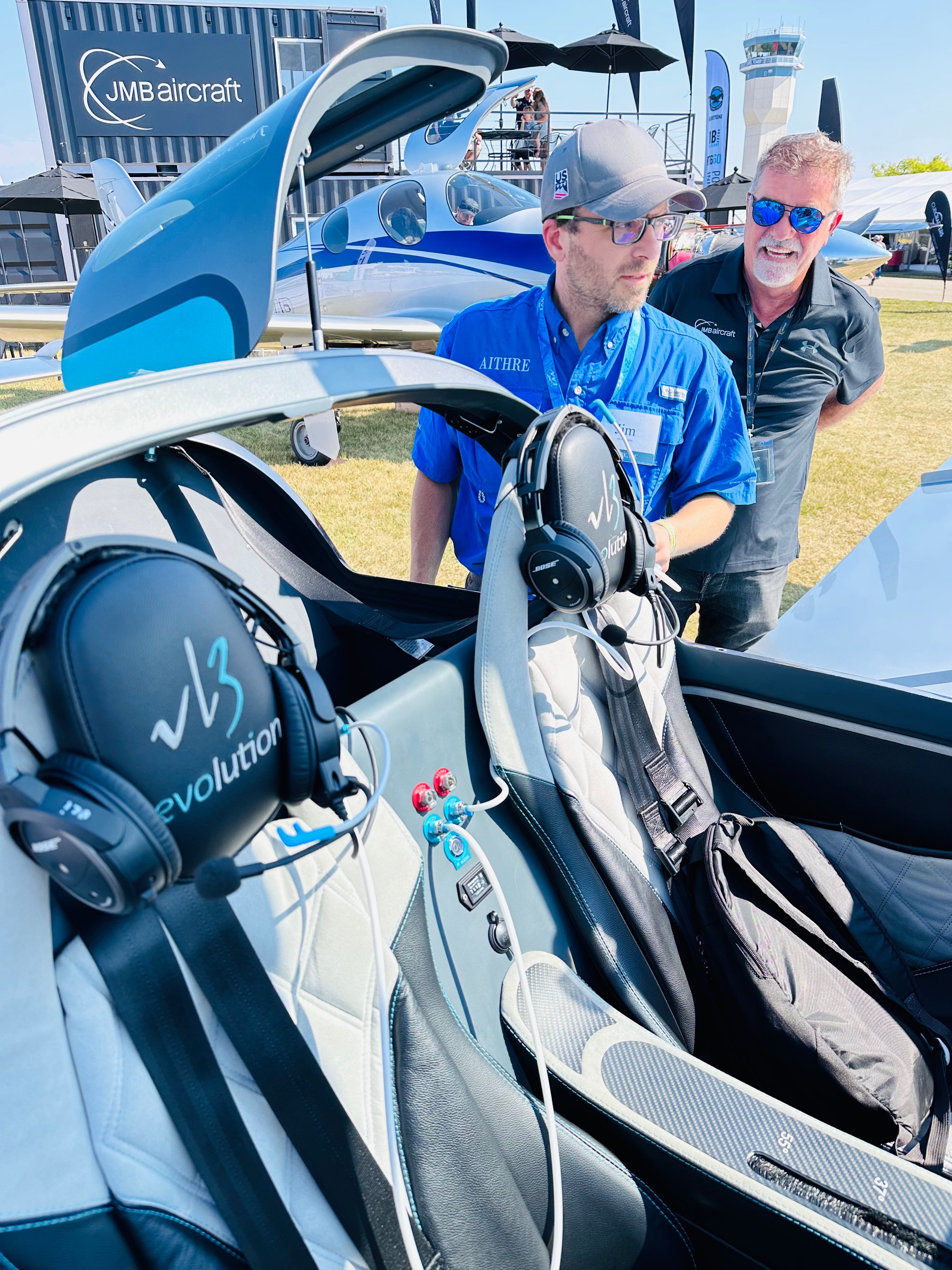

The 2019 Nobel Prize for Medicine was awarded to three doctors "for their discoveries of how cells sense and adapt to oxygen availability." Gregg Semenza, William Kaelin, Jr and Peter Ratcliffe share the prize for their work, which collectively helped reveal the mechanism by which cells in the body sense and adapt to oxygen availability.
Oxygen is essential to life and is used by every cell in order to convert food to usable energy. Oxygen levels can fall throughout the body at high altitudes or during exercise or in local areas in the body, like a wound site. Low oxygen levels, or hypoxia, lead to new blood vessel formation, blood cell formation, or glycolysis. Hypoxia is known to trigger a rise in the hormone erythropoietin (EPO), which is involved in producing red blood cells. The prizewinning scientists revealed the mechanism for how this process works.
When the body detects that less oxygen is present, the kidneys release EPO which tells the body to make more red blood cells to carry more oxygen around. Decades of work from Semenza and Ratcliffe identified how this system works. They found that a protein called hypoxia-induced factor (HIF) rises when there is less oxygen. HIF then bonds to sections of DNA near the gene that produces EPO. Extra HIF protein around the EPO gene acts like a turbo charge for the hormone's productions, which is how the body knows to make more red blood cells. When there is sufficient oxygen available again, HIF levels drop, as do red blood cell counts.
Kaelin's work focuses on how HIF may play a role in diseases. He focused on the von Hippel-Lindau (VHL) gene. He showed that the VHL gene encodes a protein that prevents cancer from developing, and that cancer cells lacking this gene also had high levels of activity in genes regulated by hypoxia. When the VHL gene is introduced to these cells, it restores the activity levels of the genes to normal. Kaelin and Ratcliffe simultaneously demonstrated that when there is enough oxygen present, hydroxyl groups are added to HIF-1α, allowing VHL protein to bind to it and leading to its degradation. Lowering the expression of HIF-1α gene could limit a tumors ability to grow a new blood supply. Increasing its expression could help treat people with anemia.
Hypoxia due to altitude and possibly combined with the presence of CO, whereby there is less oxygen available, depending on the amount of exposure time can have serious cognitive effects on the pilot or person in those conditions.
The Aithre Illyrian is a wearable device that allows you to view and manage your body's SPO2 level and heart rate. You can see real-time changes in SPO2 during flight, exercise or even sleep for yourself and that of up to 6 other "passengers" or members in your group.





